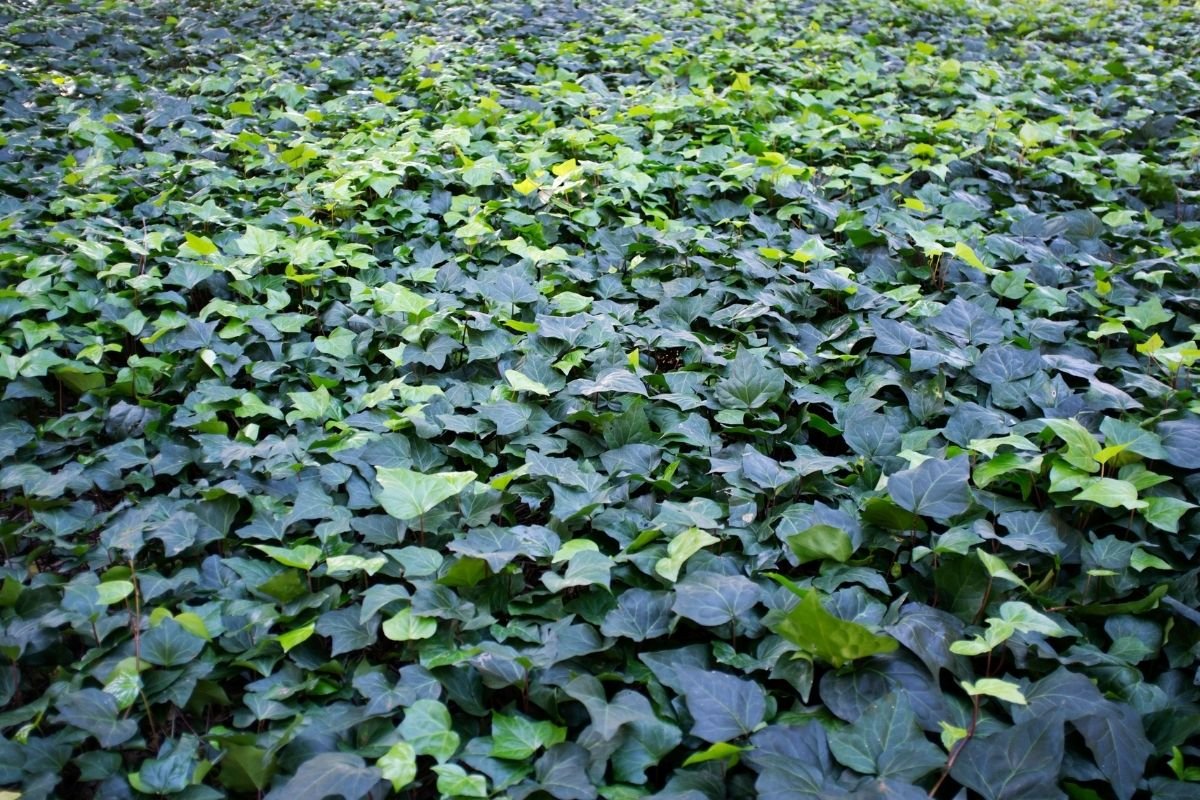Waving goodbye to summer fun is never easy. No more trips to the beach. No more outdoor swimming pool relaxing. And no more walks in the sunshine to the dairy for ice cream. Fortunately, there are plenty of fun things to do in autumn that can entertain young ones and teens alike.
So, while you may have waved goodbye to summer, you haven’t seen the last of family entertainment. Here are eight outdoor activities for your kids this autumn.
1. Nature Art
During autumn, trees are dropping all kinds of leaves, berries, twigs, bark, and pine cones. While to us adults, they are just yet another thing to clean up, they are exciting artwork additions to children.
Get the kids to gather up anything they want to use in their artwork, including any of these things mentioned above. Add some glue and paint in the mix, and you’ve got an activity that can keep them entertained for hours. Fortunately for mum and dad, these Picasso lookalikes will be too heavy to display on the fridge.
2. Autumn Scavenger Hunt
With a bit of planning, your backyard can become an exciting treasure trove for the kids. Create a bingo board of things the kids have to find in the backyard, then get them to stick those items to the squares that align with the name.
Some typical autumn finds could be:
Leaves
Twigs
Berries
Pinecones
Feathers
3. Leaf Mazes
As much as we wish that tree trimming would stop leaves falling in autumn, that’s not the case. Though, these mountains of leaves could end up being a source of fun for the kids when they don’t want to be stuck inside.
Arm them with leaf rakes and have them create a fun maze for them to walk through. Not only do they have something fun to do, but they’re also raking your leaves into easy-to-manage piles that you can clean up far easier later on. It’s a win-win for everyone!
4. Autumn Walks
Even though autumn in New Zealand can be cold and damp, it can also be strikingly beautiful. If you live somewhere with nature walks, why not take the kids out for an adventure? They can jump in piles of crunchy leaves while you breathe in the sweet autumn air and take in the kaleidoscope of autumnal colours.
5. Leaf Art
If leaves have taken over your yard, it would be easy enough to head outside with a rake and get to work. But if you’re busy listening to your kids talking about how bored they are, you can kill two birds with one stone.
Get them involved in a leaf art project. This can include getting them to collect the biggest, strongest, and most colourful leaves so they can turn them into art. They can create shapes, a leaf collage, or simply glue them all onto paper to show off their beautiful colours.
6. Leaf Wreath
Here in New Zealand, we don’t celebrate autumn as much as in other countries. Though, that doesn’t mean you can’t decorate your door with an autumn-themed wreath.
Purchase a wreath base, or make one using a piece of vine. The kids can then add twigs, berries, leaves, and flowers and design them into something pretty you can hang on your front door. The best part is, you only have to use what nature has given you, and this arts and crafts project costs very little.
7. Gardening
There’s no rest for the wicked. After spending a summer relaxing, getting stuck into DIY, or working, it’s now time to prepare the garden for autumn. This is something you can do on your own, but also something the kids can get involved in. You never know; you may just discover that the children have green thumbs.
Now’s the perfect time to lift your main crop, potatoes, and sow seeds for your winter crops. It’s also a good time to plan vegetables like cabbage, cauliflower, broccoli, beetroot, and spinach. If you plant lettuce now, you can also get a reasonably good harvest before very long.
Your local garden store is bound to have a variety of child-friendly gardening equipment and gloves. You can even allocate a section of your garden for them to grow and tend to their own vegetables.
8. Attend an Autumn Event
Not everyone has the Kiwi dream backyard – a quarter-acre section. However, that doesn’t mean your kids aren’t stuck with nothing to do. There are plenty of autumn-themed events happening up and down the country.
The Arrowtown Autumn Festival in Arrowtown runs for 4-5 days over autumn in April. The Festival of Colour in Wanaka is also a huge hit during April, as is Bluff Oyster & Foods Festival in Bluff during May. It can be worth checking out local events at the changing of the seasons to find out what fun outdoor activities your family can enjoy.
While You’re Having Fun, What About Your Yard?
Leave your weekends free for fun autumn activities with the kids. Why not bring in the experts to take care of lawn mowing, leaf raking, tree trimming, and garden tidy ups? You can then enjoy as much free time as possible to spend with your loved ones.














































































